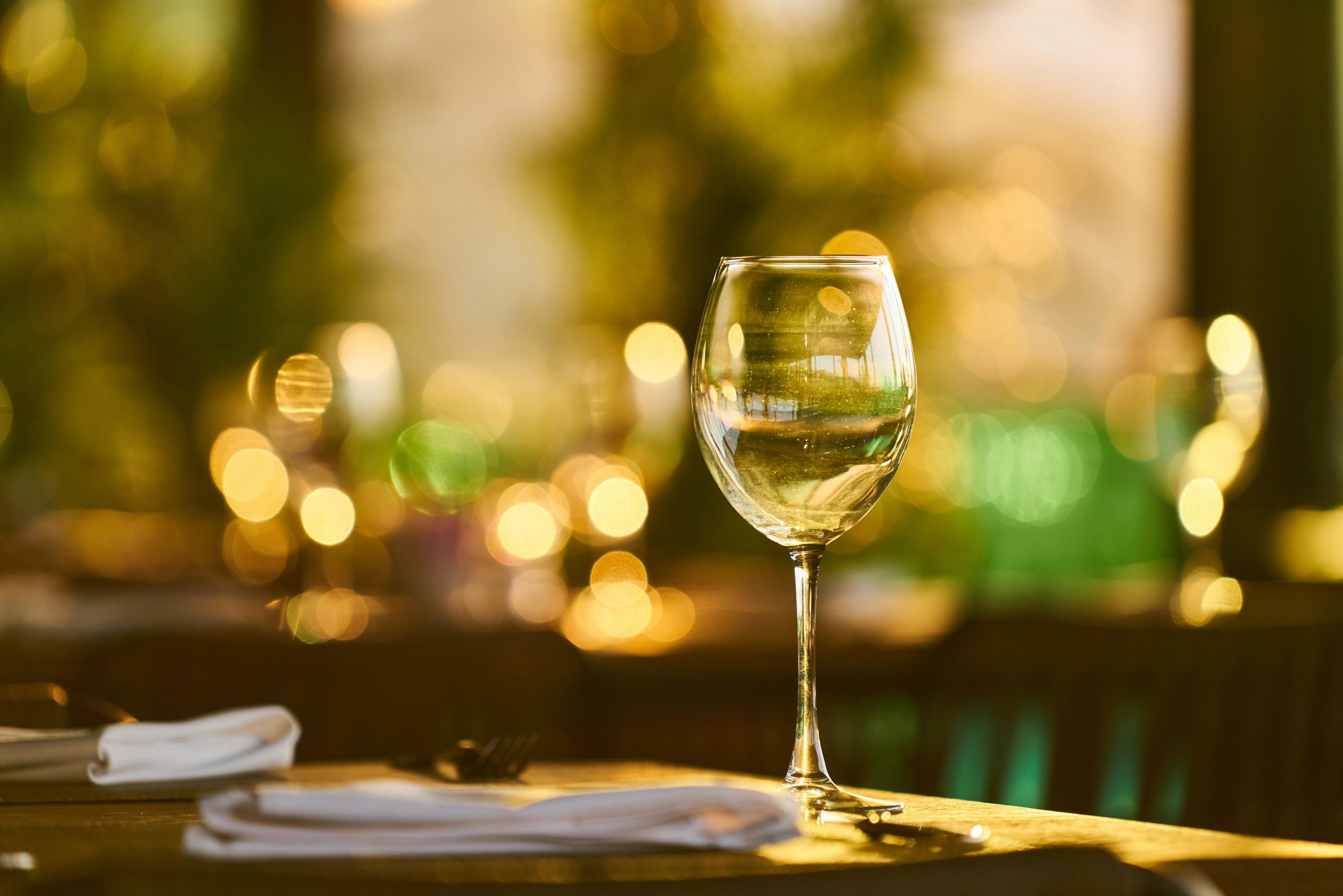
Let’s do some white wine tasting! If you’re a newcomer, don’t worry—this isn’t about getting every note right or memorizing complex wine jargon. Tasting white wine is all about savoring each sip and exploring a range of flavors, aromas, and textures that make each wine unique. With a bit of practice, you’ll learn to pick out key notes, recognize subtle differences, and impress friends with your tasting skills. Let’s dive into the essentials of white wine tasting and learn how to savor every drop.
Step 1: The Basics of Tasting White Wine
Before we start swirling and sniffing, let’s cover the basics. Tasting wine involves more than just the mouth; it’s a whole sensory experience. To get the most out of every tasting, you’ll want to pay attention to these three key senses:
- Sight: Take a good look at your wine. What color is it? White wines range from pale yellow to deep golden hues. The color can give you clues about the wine’s age, grape variety, and even flavor intensity.
- Smell: Aroma is where things get exciting. Stick your nose in the glass (yes, really!) and take a deep breath. Your nose will pick up on a range of aromas, from fruits and flowers to herbs and spices.
- Taste: Now comes the fun part! Take a sip, let the wine coat your mouth, and think about what flavors stand out. Is it fruity, floral, earthy, or spicy? These are all clues to the type of white wine you’re tasting.
Step 2: Recognizing Key Aromas in White Wine
Every white wine has its unique aroma profile, but there are a few common notes you’ll encounter in many bottles. Here’s a breakdown of some typical aromas and what they tell you about the wine:
Citrus Aromas: Zesty and Fresh
White wines often have a fresh, citrusy character. This could come across as lemon, lime, grapefruit, or orange zest. Wines with strong citrus aromas are typically crisp and refreshing, with high acidity. Sauvignon Blanc and Riesling are classic examples of citrusy white wines.
- Lemon and Lime: Sharp, bright, and refreshing, these are typical of Sauvignon Blanc and Riesling. Expect these wines to taste zesty and tangy, perfect for hot summer days.
- Grapefruit: Often found in New World Sauvignon Blancs, grapefruit adds a slightly bitter edge, balancing the wine’s acidity.
- Orange Blossom: Some Viogniers and certain aged Rieslings have an orange blossom aroma, adding a floral twist to the citrus.
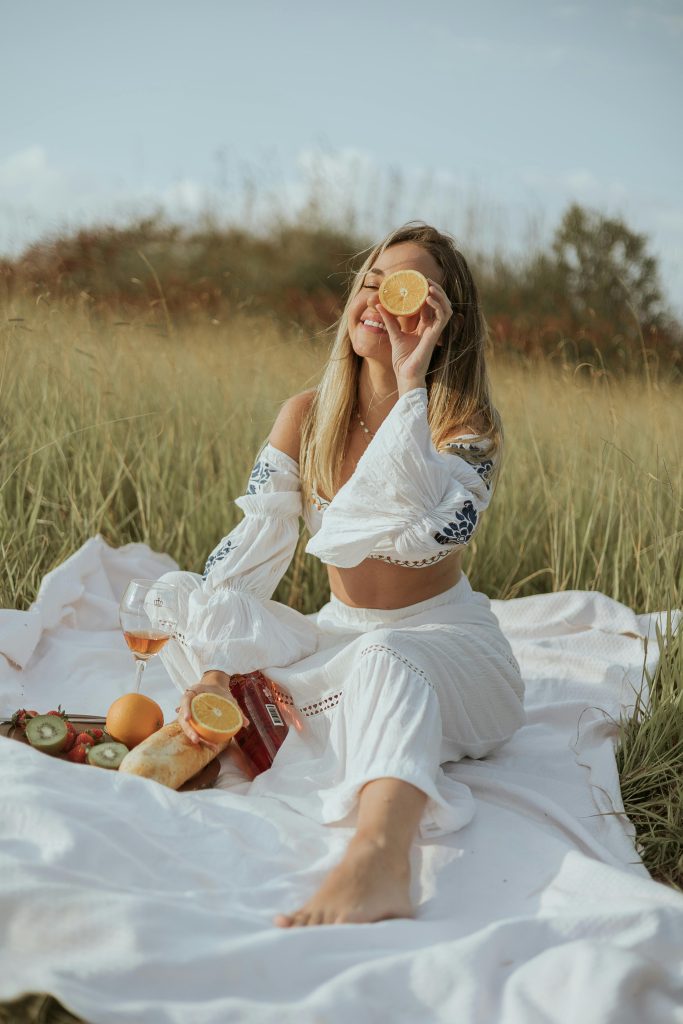
Stone Fruit Aromas: Juicy and Sweet
If you detect hints of peach, apricot, or nectarine, you’re likely dealing with a wine that has a stone fruit profile. These wines can be lush and round, often with a slight sweetness. Chardonnay, Chenin Blanc, and Gewürztraminer frequently display these fruity notes.
- Peach and Apricot: These fruits give the wine a juicy, ripe flavor. Chardonnay and Chenin Blanc often boast these aromas, especially if grown in warmer climates.
- Nectarine: Look for nectarine notes in Viognier and some Rhône white blends. They add a sweet, floral richness to the wine.
Floral Aromas: Soft and Perfumed
Floral notes add a delicate, aromatic quality to white wine. Think of blossoms, honeysuckle, and jasmine. Wines like Riesling, Muscat, and Gewürztraminer often carry these lovely floral aromas.
- Honeysuckle: Sweet, floral, and a bit honeyed, this is often present in Viognier and some Muscat wines.
- Jasmine: This delicate, perfumed aroma appears in Muscat wines and some Gewürztraminers. It’s fragrant and romantic.
- White Flowers: Chenin Blanc and some Chardonnays from cooler climates may show these light, soft floral notes.
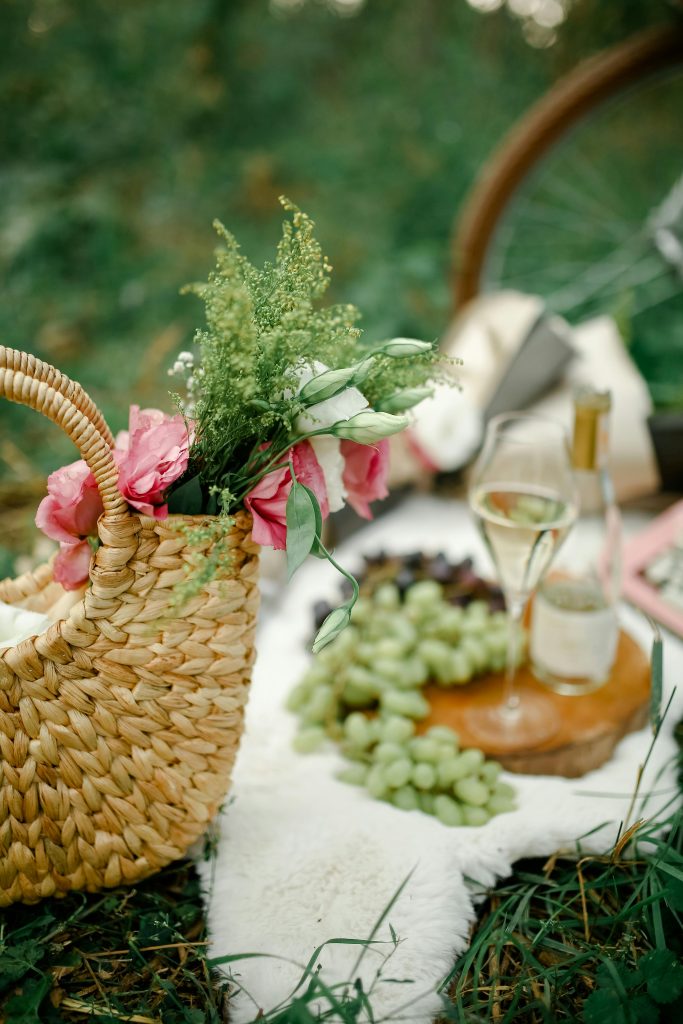
Green Aromas: Fresh and Herbaceous
If your wine reminds you of freshly cut grass, green bell pepper, or herbs like basil and mint, you’re in herbaceous territory. These “green” aromas are typical of Sauvignon Blanc, especially from cooler regions.
- Green Apple: Found in many Chardonnays, especially those from cooler climates, green apple notes add a crisp, tangy flavor.
- Grass and Herbs: Sauvignon Blanc from places like New Zealand often smells grassy and herbaceous, with hints of green bell pepper or jalapeño.
Tropical Aromas: Lush and Exotic
Tropical fruit aromas make wine feel like a mini-vacation. These are the pineapple, mango, and guava notes you’ll find in many warm-climate Chardonnays and other fuller-bodied whites.
- Pineapple and Mango: Bold, juicy, and tropical, these are common in New World Chardonnays and Viogniers.
- Passion Fruit and Guava: Found in some Sauvignon Blancs, especially from warmer regions. These exotic notes add a bright, tangy sweetness.
Step 3: Learning to Identify Flavors on the Palate
Now that you’ve got the aromas down, let’s move on to tasting. You’ll notice that some flavors match what you smelled, while others reveal themselves on the palate. Here’s a guide to what you might taste:
Acidity: The Zing Factor
White wines tend to be higher in acidity than reds, giving them a refreshing, tangy quality. Acidity makes your mouth water and gives the wine a clean, crisp feel. High-acid wines like Riesling, Sauvignon Blanc, and Albariño are perfect for balancing rich, creamy dishes.
- How to Spot It: Take a sip and see if your mouth waters. If it does, the wine has good acidity. High-acid wines feel zesty and light, while lower-acid wines are rounder and softer.
Sweetness: From Dry to Sweet
White wines range from bone-dry to sweet, and knowing where a wine falls on that spectrum can help you understand it better. Dry wines, like Pinot Grigio or Sauvignon Blanc, have no residual sugar, while sweeter wines like Moscato or Riesling have a noticeable sugar content.
- How to Spot It: Sweetness is easy to taste. If a wine has noticeable sweetness, it will taste fruity and rich, like honey or ripe fruit.
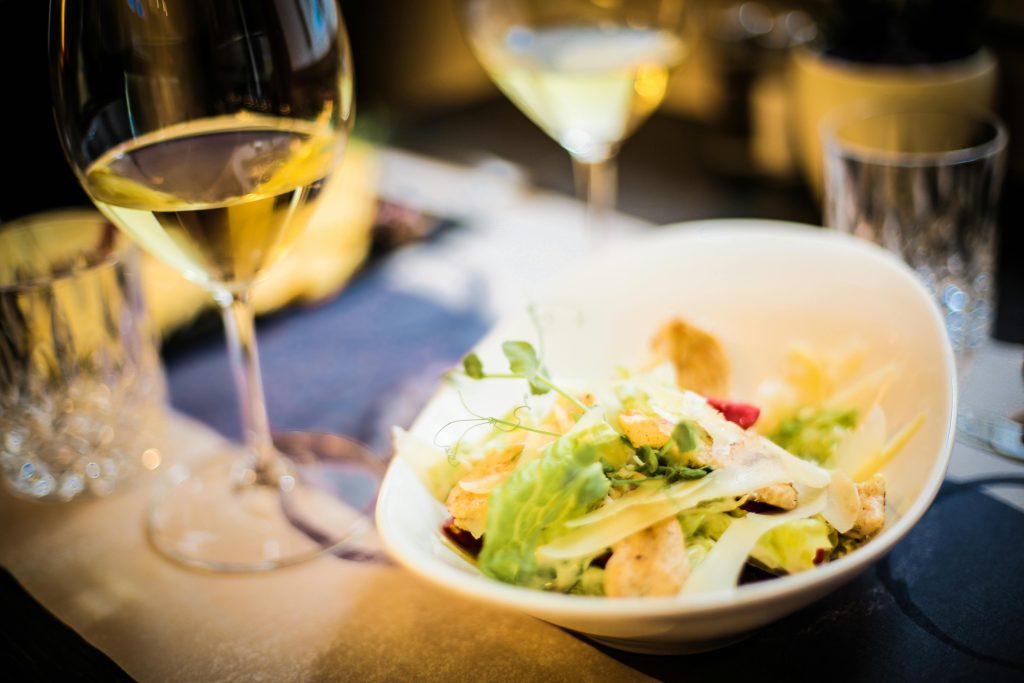
Body: Light, Medium, or Full?
The body of a wine is essentially its weight on your palate. Light-bodied wines feel refreshing and light, medium-bodied wines feel more rounded, and full-bodied wines are richer and more intense. The body of a wine often correlates with its alcohol content and grape variety.
- How to Spot It: Light-bodied wines feel crisp and lean (like Sauvignon Blanc), while full-bodied wines feel creamy or oily (like oaked Chardonnay).
Step 4: Understanding Texture in White Wine
Texture adds another dimension to white wine tasting. Wines can be creamy, oily, or even slightly fizzy. Chardonnay aged in oak often has a creamy, buttery texture, while a fresh Sauvignon Blanc feels lean and sharp.
- Creamy Texture: This comes from oak aging or malolactic fermentation, common in full-bodied Chardonnays.
- Oily Texture: Some Viogniers have an almost oily texture, coating the mouth with each sip.
- Fizz: A slight fizz is typical in wines like Vinho Verde or some Muscats, giving the wine a light, playful texture.
Step 5: Bringing It All Together – The Tasting Ritual
Here’s a simple tasting ritual you can try. Remember, there’s no right or wrong, so take your time and have fun:
- Pour and Observe: Pour your wine into a glass and hold it up to the light. Check out the color and clarity.
- Swirl and Sniff: Give your glass a gentle swirl to release the aromas. Now take a whiff. Think about what you smell. Is it fruity, floral, or herbal?
- Sip and Savor: Take a sip, letting the wine coat your mouth. Think about what flavors stand out. Is it tangy and citrusy or rich and creamy?
- Reflect: Ask yourself how the wine felt. Was it light or full-bodied? Smooth or acidic? Did any particular flavor stand out?
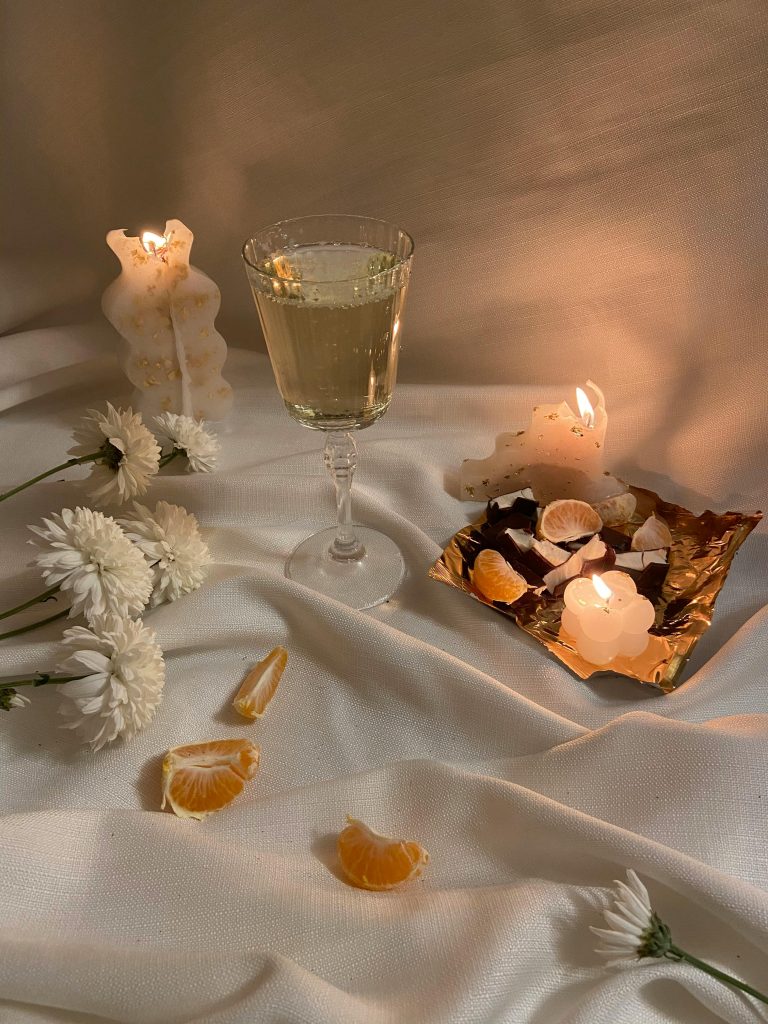
Step 6: Pairing White Wine with Food
The right food pairing can make a wine shine. Here are a few easy pairing tips for popular white wines:
- Sauvignon Blanc: Perfect with light salads, goat cheese, and shellfish. The wine’s acidity balances rich and tangy flavors.
- Chardonnay: If you have a buttery, oaked Chardonnay, try it with creamy pasta or roast chicken. For unoaked Chardonnay, think of lighter dishes like grilled fish or salads.
- Riesling: Sweeter Rieslings are fantastic with spicy dishes, like Thai or Indian food. The sweetness cools down the heat.
- Pinot Grigio: Crisp and refreshing, Pinot Grigio works well with light, simple dishes like seafood, pasta, and fresh veggies.
- Viognier: This aromatic white pairs beautifully with spicy foods, pork dishes, and creamy sauces.
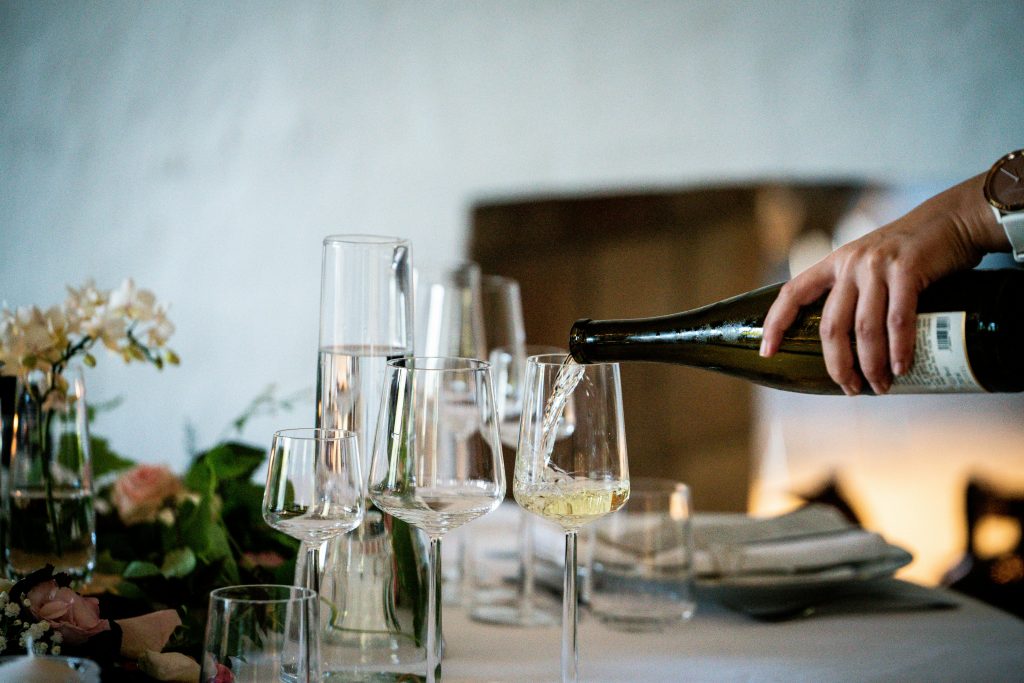
Final Tips for White Wine Tasting
- Take Your Time: White wines reveal their flavors slowly, so enjoy each sip and take notes if you like.
- Experiment: Don’t be afraid to try new varieties. The more you taste, the better you’ll get at picking out flavors and aromas.
- Stay Curious: Wine tasting is all about discovery, so keep exploring and asking questions.
Whether you’re a casual drinker or a budding connoisseur, white wine tasting is a journey of senses and surprises. With practice, you’ll soon be able to recognize the unique characteristics of each wine, making every sip an adventure in itself. Cheers to your tasting journey—may each glass bring a new experience!